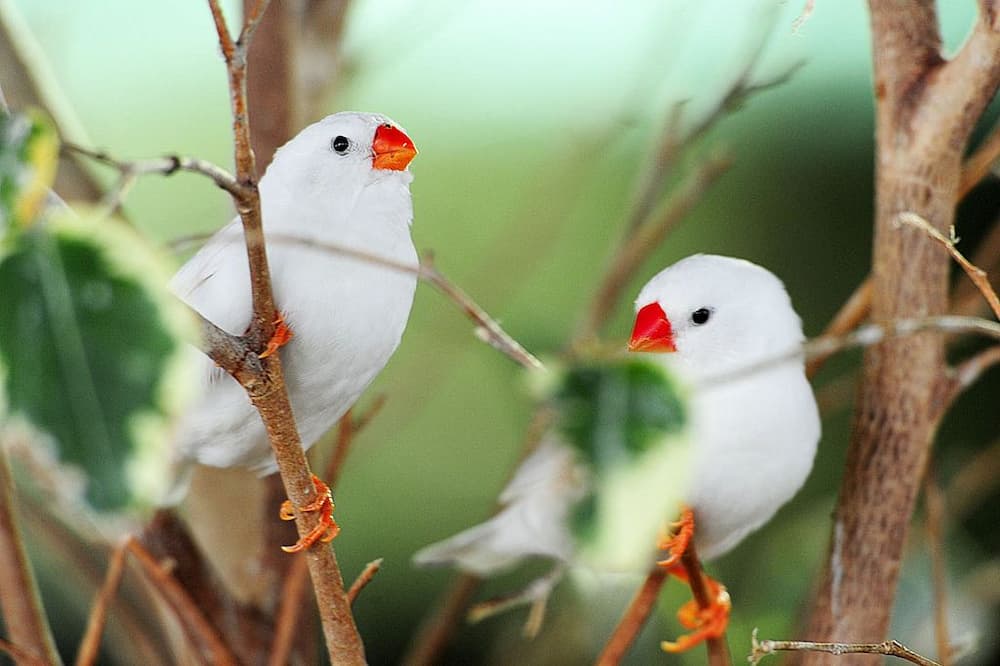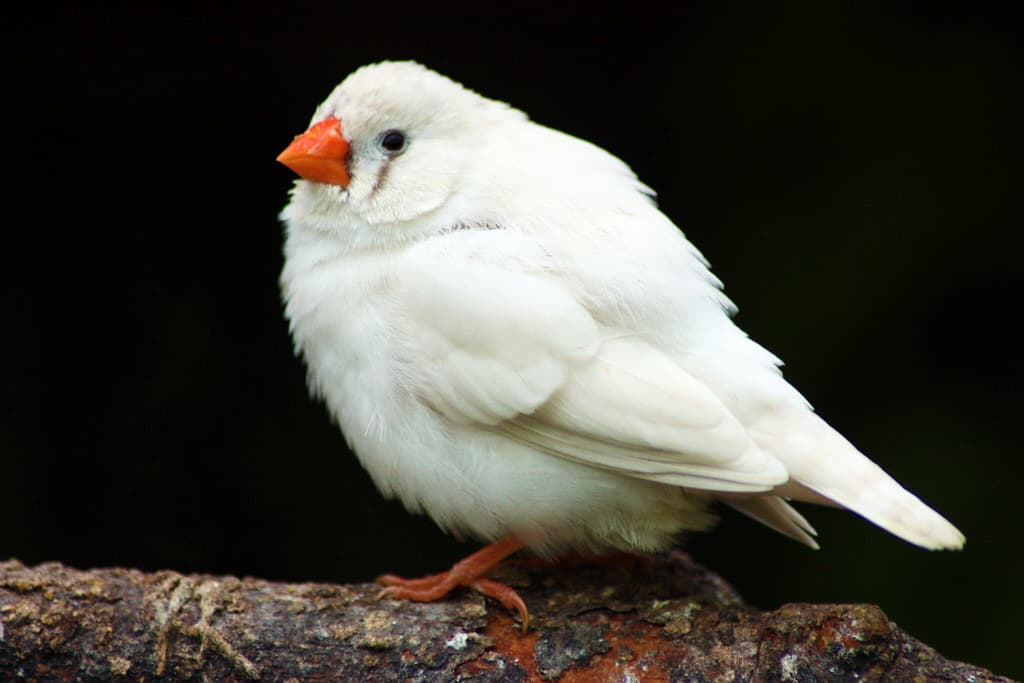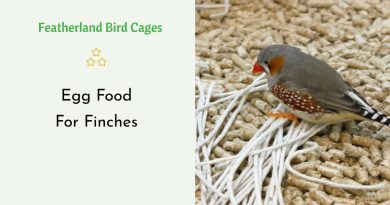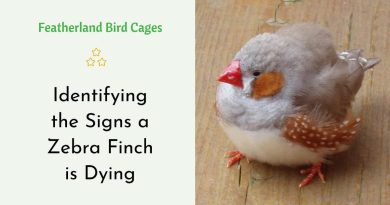White Zebra Finches
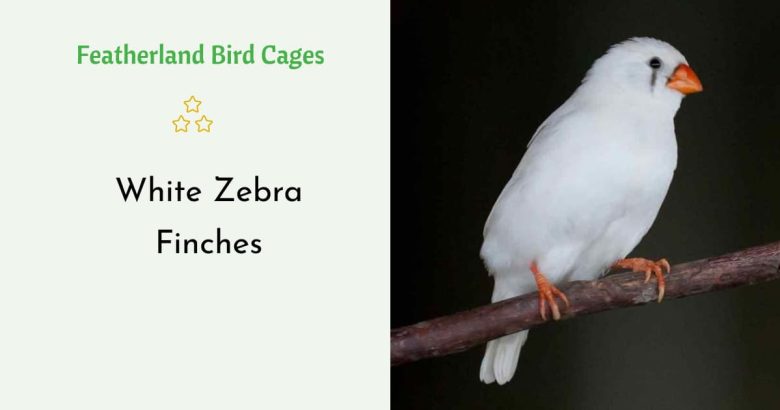
Zebra finches are popular cage birds that are easy to care for and breed. They do well on standard commercial finch food, but also enjoy sprouted millet that has soaked overnight and is served along with sand and bird grit. A few crushed hard-boiled egg shells are also a nice addition to their diet.
They are omnivorous
In the wild, zebra finches live in large flocks of up to 100 birds. They are diurnal and social, interacting with other members of their group by songs. They also travel long distances in search of food. They are monogamous and breed at various times throughout the year following heavy rains.
Males and females spend a lot of time parenting. They build their nests over a week and protect the eggs for two weeks. They will eat all kinds of seeds, fruits, vegetables and even insects. They are omnivorous, but millet makes up the majority of their diet.
Zebra finches are easy to care for and make good companions. They are usually tame and do not require handling, but they do not bond with people like parrots. They can live up to ten years in captivity, so they require a large cage or aviary. Make sure that your cage is wide enough for the zebra finch to fly horizontally.
They are monogamous
Zebra finches are monogamous and breed for life with their chosen partner. They use a combination of songs and courtship dances to attract females. They also listen to the music of other birds and adapt bits into their own song. The result is a complex mating call that combines chirps and whistles with long notes.
In the wild, zebra finches live in flocks of up to 100 birds. They live and breed throughout the year, with peak breeding occurring after periods of rain. Their mating call is a key part of their courtship dance.
Researchers have found that zebra finches are capable of maintaining monogamous relationships, even when the sex ratio in their group is imbalanced. When given a choice of same-sex or opposite-sex partners, most pairs showed the same pairing behaviors as pairs in mixed-sex groups. These behaviors include clumping and preening.
Researchers have discovered that the same genes that regulate zebra finch pairing behaviors also control neural responses to social interaction. Specifically, IEG expression in the nucleus taeniae is correlated with bonding behaviors only when they occur in the presence of a partner.
They are easy to care for
Zebra finches are a popular pet among many people. They are sociable, playful, and entertaining to watch as they hop around their cages. They also make a pleasant squeaking call that sounds like a toy trumpet. It is important to keep a hygienic home environment for these birds, which can be susceptible to parasites and disease. It is recommended that a veterinary exam be performed yearly.
In the wild, zebra finches prefer open grassland with low bushes and trees. They live in flocks and are highly social, staying together outside of breeding season. They are diurnal and love the sun.
A large cage is recommended for a pair of zebra finches. A classic breeding cage is 24 inches long, 14 inches high, and 10 inches wide. The cage should be constructed so a partition can be slid in to separate the male and female. The pair should build a nest in half-open baskets hung on the side of the cage.
They are easy to breed
Zebra finches are easy to breed and make good pet birds. They are calm, social and active in groups. They thrive on commercial finch food, but prefer a variety of fresh foods like sprouted millet, small mealworms and insects. They also love fruit and vegetables. They are generally hands-off for humans, but they show their loyalty by fluttering or singing in response to their owners.
Zebra finches are monogamous and typically mate during periods of rainfall or warmth. Males and females build a nest in about a week, and the male protects the eggs for 2 weeks. After 21 days, chicks start to eat on their own and develop their adult colors. Identifying sex can be difficult, but males are distinguished by orange cheek patches that become apparent 35 d posthatching. Remove seed husks daily from the feeder, and sterilize water bottles twice weekly. The bird’s diet should also be varied to help prevent molting and a variety of diseases.

